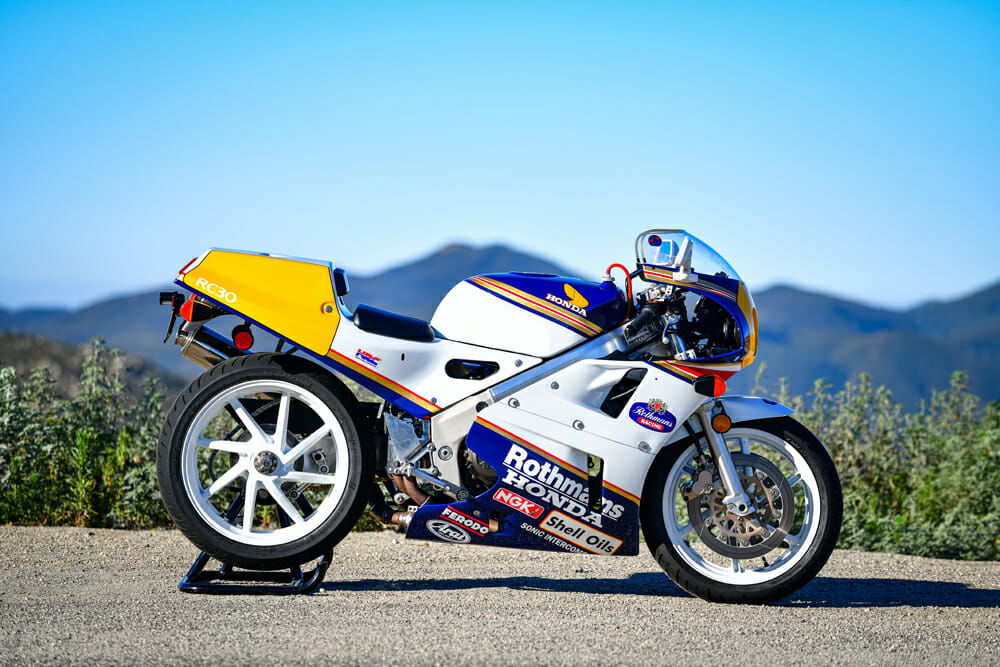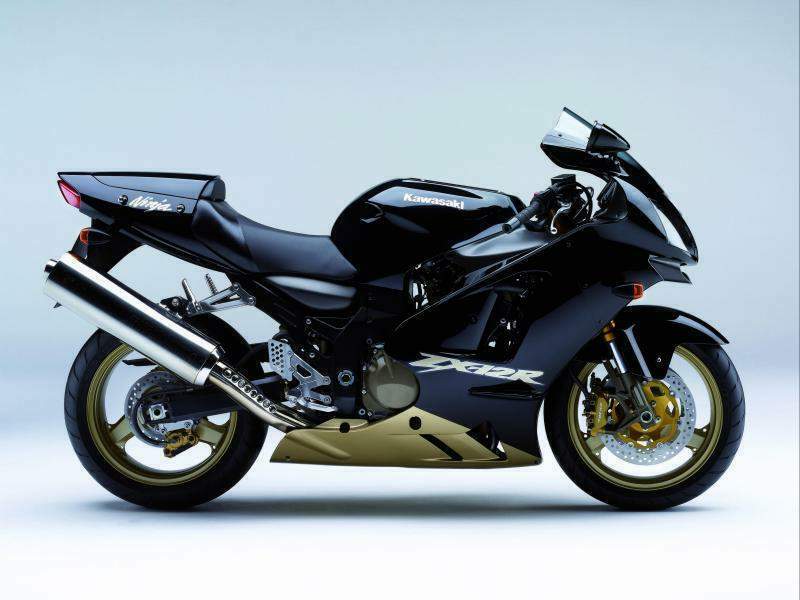10 things you (maybe) never knew about the Suzuki Hayabusa…
Here are ten things you might not know about the legend that is the Suzuki Hayabusa

WITH the unveiling of the eagerly anticipated, significantly new Suzuki Hayabusa, it got us wondering about the original, and what the new version has to live up to.
After all, the first 1999 GSX1300R Hayabusa was a true ‘game-changer’, re-writing the parameters of motorcycle power and speed to such a degree it ushered in a new era of agreed speed limits in a bid to head-off expected bureaucratic intervention.
Top ten Suzuki motorcycles of all time
The ‘Busa’s all-new, 1299cc four-cylinder engine was over 10bhp more powerful than Honda’s reigning speed king, the CBR1100EX Super Blackbird While its radical, distinctive aerodynamic bodywork combined with a narrow, low nose and faired-in seat cowl helped the Suzuki not just seize the production motorcycle speed record – it completely smashed it, raising the bar by a full 14mph.
It was a leap so dramatic it directly led to the end of the manufacturers’ speed war. The ‘Busa’s new record fuelled fears among manufacturers of a European regulatory backlash. This in turn prompted, in 2000, an informal agreement between the Japanese and European manufacturers to thereafter govern their machines to 300kph, or 186mph.
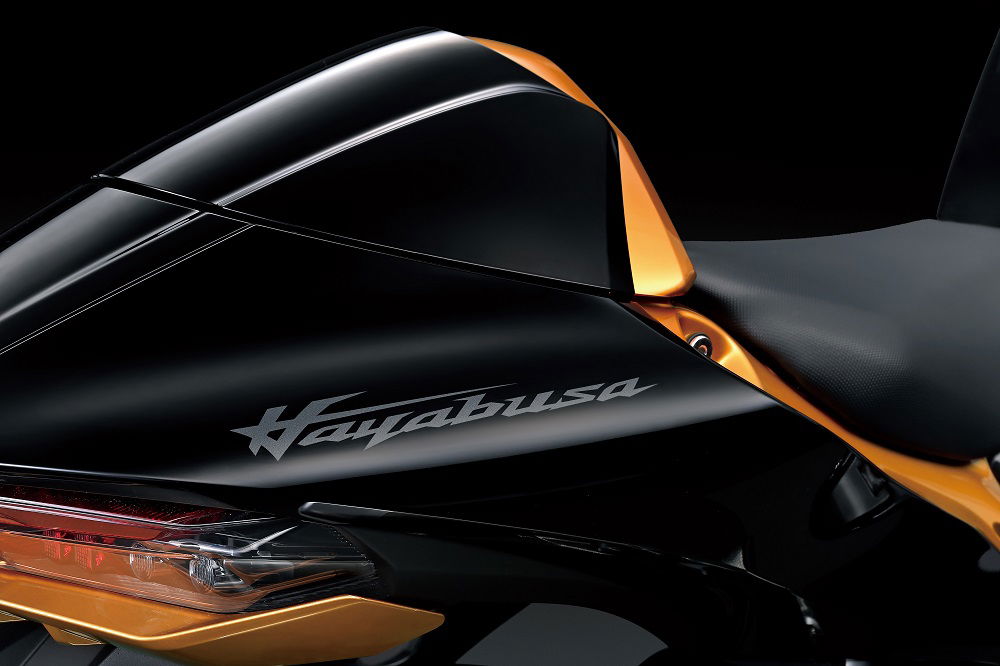
But the ‘Busa was also much more than ‘just’ a speed king, its substance and timeless style generated a legion of devoted followers which helped it survive, with the help of some updates along the way, for a full 20 years. While this newcomer ensures its legend is set to endure for many years more.
But if you already thought you knew everything about the ‘Busa, you may be mistaken. Here are our Top 10 nuggets of knowledge about Suzuki’s speed monster you may (or may not) have known…
.jpg?width=1600)
It wasn’t actually designed to be the fastest…(yeah, right)
At least, that’s what the original bike’s Project Leader, Koji Yoshiura claimed, years later…
“‘Fastest production motorcycle’ was never a concept nor a target of this bike,” he said. “At the beginning of the project, the Hayabusa was not 1300cc but 900cc, then 1100cc, which was the main market in those days. It was only as a consequence of pursuing the best handling, acceleration, safety, power, riding ability, original styling, etc that it became the ‘Fastest production motorcycle’.”
Well, he would say that, wouldn’t he?
.jpg?width=1600)
The first ones were faster
Early Hayabusas weren’t restricted so a genuine 190mph was possible. Those early, unrestricted ’Busas regularly recorded high 190s at the timing strip, sometimes more, while the fact that the bike’s analogue speedo ‘read high’ meant over 200mph was repeatedly seen and only added to the big Suzuki’s naughty reputation.

It was a ‘Blackbird eater’ – literally
The name ‘Hayabusa’ was chosen as it is the Japanese for ‘Peregrine Falcon’, the bird with, reputedly, the fastest vertical dive of all. Urban myth, however, also has it that another reason for the choice was that its usual choice of prey was blackbirds, which, seeing as the GSX1300R was also designed to wrest the title of world’s fastest production motorcycle from Honda’s reigning CBR1100XX Super Blackbird, suited Suzuki’s intentions perfectly, although this has never been officially confirmed…

It was designed ‘to be ugly’
Koji Yoshiura again: “The mission was to create a total new styling that will not be out of date within few years, and a styling that will be the ‘Face’ of Suzuki. My aim was to create a somewhat grotesque design and a strong initial impact. By doing this, once the model was out in the market and the performance of it have been proven, I thought that people will start to show interest to the weird design, and then the design would be caked in peoples mind. When making the clay model I convinced myself that people will not get bored with a bike with the best performance and the utmost acceptable ugliness, and thus this bike will be a long seller.”
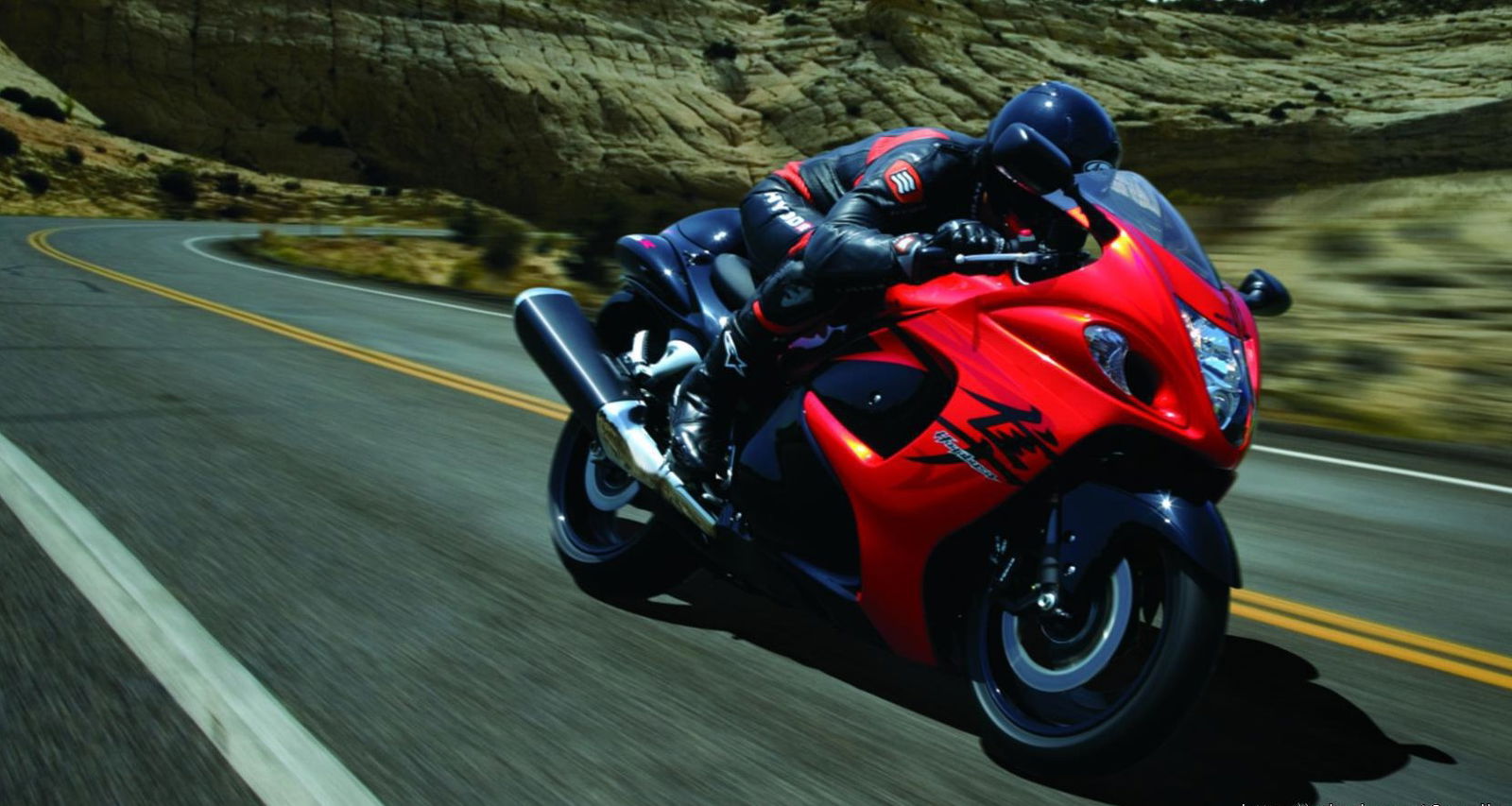
And yet… it was also meant to be ‘safe and secure’…
Koji Yoshiura: “Since it was a high-performance bike we took extra care on safety. Along with high-speed stability and useable linear torque
we implemented the brightest (of that time) headlamp and the most visible speedo for the security of the customers….”
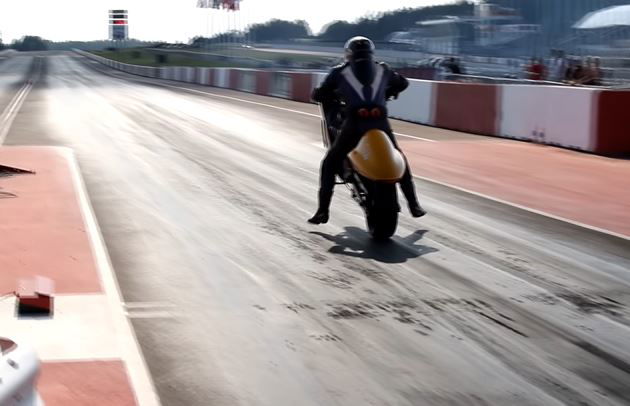
It can be turned into a 500bhp turbo beast…
The ‘Busa quickly became the bike of choice not just of drag racers but also of turbo fans such as Holeshot Racing’s Jarrod ‘Jack’ Frost who was one of the first to strap a turbo to a Hayabusa and has tuned and turbo-ed countless examples including his own 708bhp UK land speed record bike.
“Most people used to go for 300bhp turbo kits,” he says. “But you get a lot going for 500bhp kits. They like the pub talk really. It’s something a bit different and you’ll never get bored of it.”
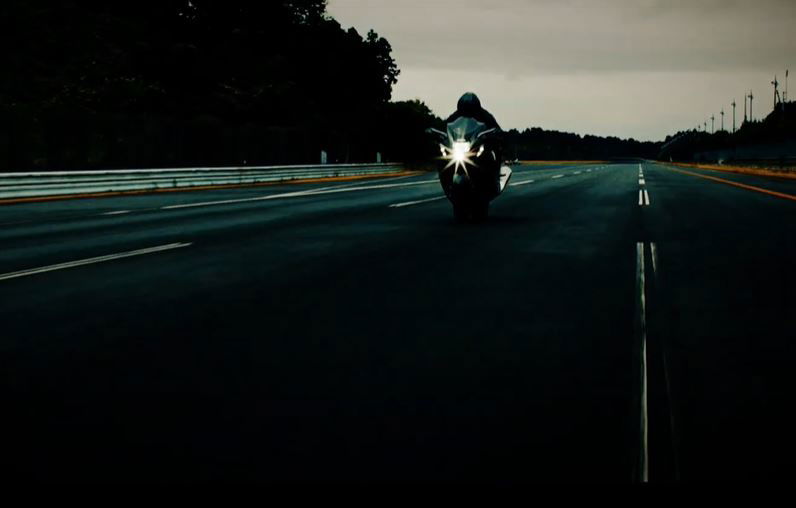
It’s the current world land speed record holder (sort of)
The current, ratified, motorcycle land speed record is 376.363mph as set by Rocky Robinson in 2010 in the 20-foot-long ‘Ack Attack’ owned by Mike Akatiff. It’s powered by two heavily modified Suzuki Hayabusa engines producing a combined 900bhp.
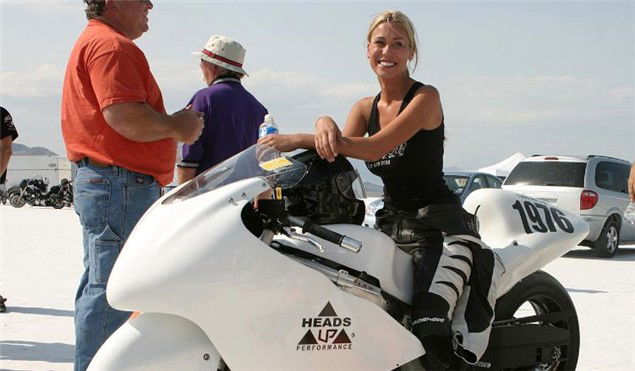
…and also powered the fastest woman…
Leslie Porterfield, from Dallas, became the first woman to enter the ‘Bonneville 200mph club’ on a conventional bike when she broke three land speed records at Bonneville Salt Flats on a turbo Hayabusa in 2008, achieving a top speed of 234.197mph.
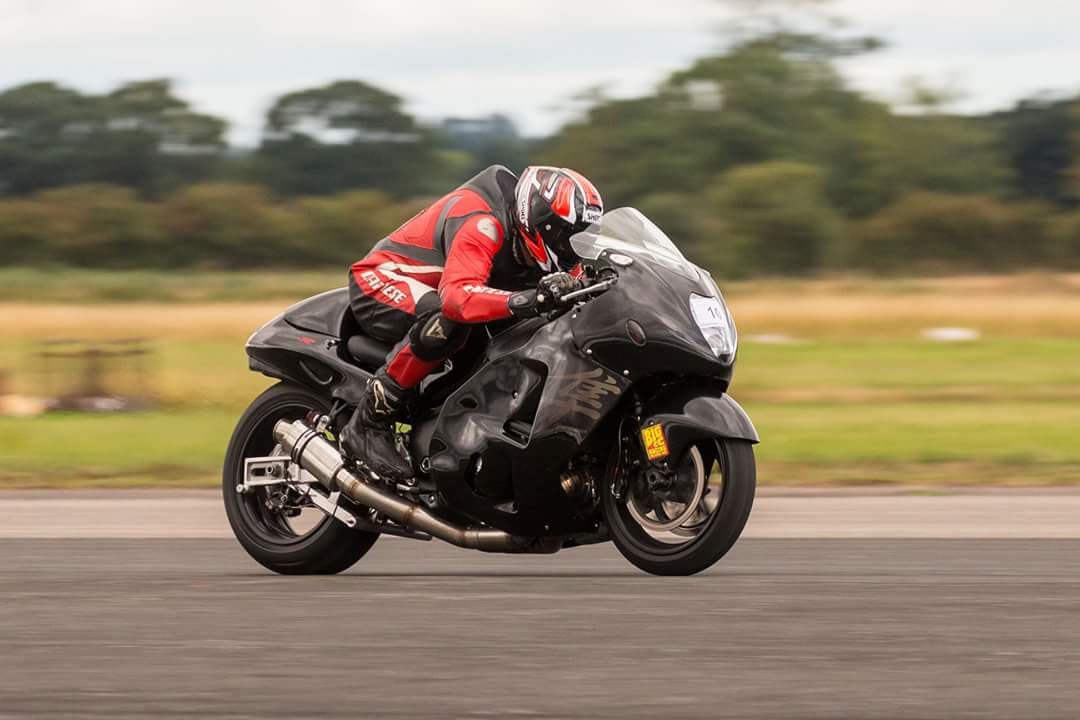
It’s one of Britain’s ‘best-loved bikes’
The big Suzuki is also not just one of the Japanese marque’s most-loved models, along with Bandits and GSX-Rs, in a recent poll it was also voted to be one of Britain’s most loved bikes of all – coming eighth overall.
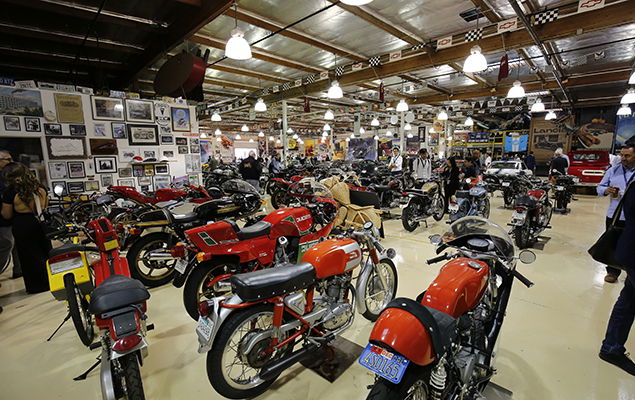
Even Jay Leno has one
Ex-US TV host, multi-millionaire, and petrol-head Jay Leno is well known for his vast collection of bikes and cars in a vast converted hangar at Burbank airport, California. Less well known is that as well as his world’s largest collection of Brough Superiors (he has 26, gulp), Vincents, rare Ducatis, Triumphs, and more are some more mundane machines, including a Suzuki RE5, Ducati 750 Paso, BMW K1600GTL, and… a Hayabusa.
.jpg?width=1600)
Wonder if he’ll be getting one of the new ones, too?
